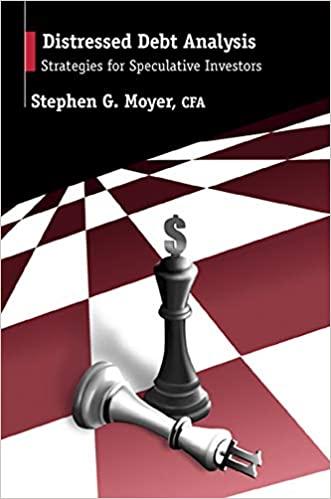Question
A:Distributions to Shareholders: Dividends and Share Repurchases When deciding how much cash to distribute, a firm's managers must remember that the firm's objective is to
A:Distributions to Shareholders: Dividends and Share Repurchases
When deciding how much cash to distribute, a firm's managers must remember that the firm's objective is to -Select-maximize minimize neutralizeItem 3 shareholder value. The target -Select-retention payout turnoverItem 4 ratio is defined as the percentage of net income distributed as cash dividends, and it should be based on investors' preferences for dividends versus capital gains. Any change in this ratio will have two opposing effects: (1) If dividends are increased then taken alone this will cause the firm's stock price to -Select-flatline increase decreaseItem 5 . (2) However, an increase in dividends will also cause the firm's expected growth rate to -Select-flatline increase decreaseItem 6 and this will tend to -Select-flatline increase decreaseItem 7 the firm's stock price. The -Select-clientele optimal signalingItem 8 dividend policy is the one that strikes a balance between current dividends and future growth and -Select-maximizes minimizes neutralizesItem 9 the firm's stock price.
B: Distributions to Shareholders: Dividend Theory
Myron Gordon and John Lintner argued that the cost of equity, rs, -Select-increases decreasesItem 2 as the dividend payout is increased because investors are less certain of receiving -Select-capital gains interest payments dividend paymentsItem 3 that should result from retaining earnings than they are of receiving -Select-capital gains interest payments dividend paymentsItem 4 . MM named this theory the bird-in-the-hand fallacy. MM believed that the cost of equity was independent of dividend policy, which implies that investors are indifferent between dividends and capital gains.
However, the Tax Code encourages many individual investors to prefer capital gains to dividends. Taxes must be paid on dividends the year they are received; however, taxes on capital gains are not paid until the stock is sold. Due to time value effects, a dollar of taxes paid in the future has a -Select-higher lowerItem 5 effective cost than a dollar of taxes paid today.
An increase in the dividend is often accompanied by an increase in the stock price, while a dividend cut generally leads to a stock price decline. This observation led to the -Select-dividend irrelevance information (signaling)cateringItem 6 theory, which states that investors regard dividend changes as indicators of management's earnings forecasts. Managers often have better information about future prospects for dividends than public stockholders, so there is some information content in dividend announcements. A firm should consider these effects when it is contemplating a change in dividend policy.
The -Select-clientele information (signaling)cateringItem 7 effect is the tendency of a firm to attract a set of investors who like its dividend policy. Firms have different groups of investors and they have different preferences, so a change in dividend policy might upset the majority group and have a negative effect on a firm's stock price. Therefore, a company should follow a stable, dependable dividend policy.
Some recent research related to behavioral finance suggests that investors' preferences for dividends vary over time. The -Select-clientele information (signaling)cateringItem 8 theory suggests that investors' preference for dividends varies over time and that corporations adapt their dividend policy to accommodate the current desires of investors.
Give the correct response to the following question.
Electric utility companies have historically paid high dividends to their shareholders. Many retirees include the stocks of these electric utilities in their portfolios. On the other hand, biotechnology companies typically pay little or no dividends so they can reinvest for research and development. Many of the biotech company's stockholders are in their peak income-earning years. Which of the following dividend theories best explains these results? -Select-a. Dividend irrelevance theory b. Tax preference theory c. Clientele effect d. Catering theoryItem 9
Step by Step Solution
There are 3 Steps involved in it
Step: 1

Get Instant Access to Expert-Tailored Solutions
See step-by-step solutions with expert insights and AI powered tools for academic success
Step: 2

Step: 3

Ace Your Homework with AI
Get the answers you need in no time with our AI-driven, step-by-step assistance
Get Started


